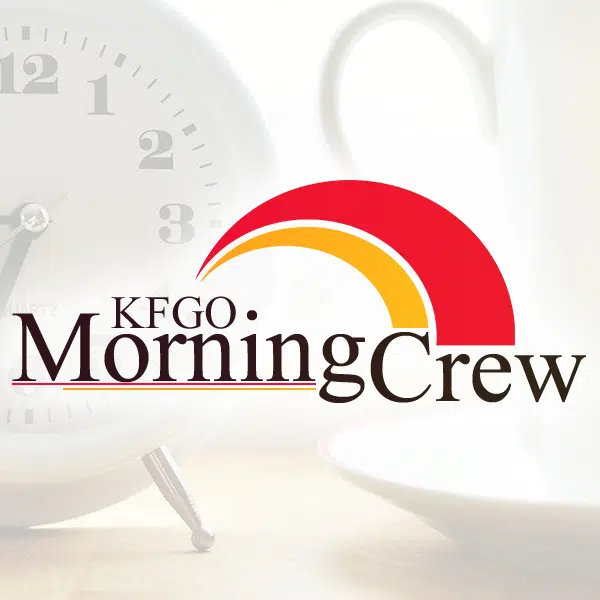
BY: MICHAEL ACHTERLING
BISMARCK, ND (NORTH DAKOTA MONITOR) – Two airplanes used by multiple state agencies may be replaced shortly with newer, safer models that can land at more airports in North Dakota.
During a meeting of the Government Finance Committee on Tuesday, lawmakers listened to presentations from the North Dakota Department of Transportation concerning the safety, operational use, and feasibility of replacing the agency’s two, Beechcraft King Air B200 airplanes.
The planes are both twin-turboprop aircraft, with a combined estimated retail value of $4 million, and were manufactured in 1998.
NDDOT operates three airplanes, including the King Air B200s, which are used by the department and other state agencies to travel longer distances across the state to cut down travel time for staff, potentially eliminating mileage and overnight expenses.
Robin Rehborg, deputy director of driver safety for NDDOT, said the agency hired a consultant group, ARGUS International Inc. based in Ohio, to conduct an evaluation of the two planes and submit replacement options.
“The current King Airs can only land at 27 of the 45 local airports,” Rehborg said. “Most of the jets that they studied could fly to all 45 airports.”
New jet-engine airplanes can range in price from $9.4 million to $29.8 million, depending on the model and options, while new King Air twin-turboprop models cost between $6.5 million to $7.9 million, according to the evaluation. Used models of the airplanes can cost 30% to 40% less just three years after being manufactured.
Deon Vilhauer, flight operations manager for NDDOT, said the reason the current planes were not able to use all of the state’s airports was a combination of issues with runway length, weight and not generating enough airflow across the wings during takeoff.
“You could probably land at any airport,” Vilhauer said. “But, you might land there, and that’s where you might be.”
The interior of a Beechcraft King Air B200 twin-turboprop aircraft, owned by the state of North Dakota, as it sits on the tarmac at Bismarck Municipal Airport on March 19, 2024. (Michael Achterling/North Dakota Monitor)
Rehborg said a primary reason for replacing the 26-year-old aircraft are newer safety features.
“A newer King Air would provide pilots with better ice control, an engine fire suppression system and an enhanced electrical system for redundancy,” she said.
Rehborg also noted, during a recent propeller maintenance inspection on one of the King Air planes, one propeller did not pass inspection and the other propeller “narrowly” passed the inspection.
“The recommendation is to replace both propellers now, which is an expense that we obviously weren’t anticipating,” she said. “There are also interior doors on the aircraft that are warping and are currently under repair.”
She also said, that while no in-flight emergencies have occurred with the airplanes in the past few years, there have been non-emergency issues such as windshield cracks, smoke in the cockpit from a circulation fan, and a landing gear that failed to retract. Those issues caused the aircraft to return to the airport for repairs.
Flight hours have varied for both planes since 2021, according to NDDOT. One King Air flew between 26 to 85 flight hours per year while the other aircraft was used more frequently, logging between 124 to 174 flight hours per year since 2021. The agency also stated 97% of the flight legs were under two hours in length.
During a lawmaker tour of the state plane fleet at Bismarck Municipal Airport after the presentation, members of the North Dakota Highway Patrol said, by comparison, their smaller aircraft averaged about 300 hours of flight time per year depending on emergency needs. Additionally, members of the state Game and Fish Department said they could fly up to 750 hours of flight time in their smaller aircraft per year depending on surveying and other needs.
Rep. Mike Nathe, R-Bismarck, said he encouraged everyone to view the ARGUS report, but safety is a priority when it comes to the state’s airplanes.
“We have these issues popping up and it’s costing us money to maintain them,” Nathe said. “I think safety for everybody on this committee is number one and we want to make sure these planes are safe. We want to make sure our state officials can get to different parts of the state efficiently, better than driving eight hours out to Williston and back, to do those sorts of things.”
Rehborg said if the King Air airplanes were replaced with any of the jet aircraft included in the study, operational costs could increase by about 30%. Adding, newer King Air models would also add about 15% to their operating costs.
Committee members decided to survey state agencies using the airplanes, or commercial airline services, to gauge their potential plane use before making any determinations.
The next meeting of the Government Finance Committee will be June 18.




Comments